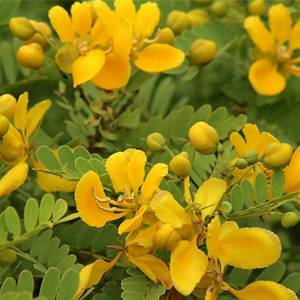Harvesting:
Nagarmotha is typically a wild-harvested plant, found in riverbeds in Central India, particularly Madhya Pradesh.
The roots are the primary part used, so the harvesting process involves carefully digging them up.
Washing: The roots are thoroughly washed with clean water to remove any dirt, debris, or soil clinging to them.
Drying: After washing, the roots are spread out in a single layer on clean drying mats or cloths in a well-ventilated area with good air circulation.
Direct sunlight is usually avoided, as it can potentially affect the potency of the herb.
Sorting:
Once completely dry, the roots are sorted to remove any damaged, discolored, or moldy pieces.
Only high-quality roots are retained for further processing.
Additional Processing (Optional):
Cutting and Grinding:
The dried roots may be cut into smaller pieces or even ground into a powder, depending on the intended use.
Grinding is often done with mortar and pestle or electric grinders.
Sifting: If the Nagarmotha is ground into a powder, it may be sifted to achieve a uniform consistency.
Storage:
Once fully processed, Nagarmotha is typically stored in airtight containers in a cool, dark place to preserve its freshness and potency.
It’s important to note that the specific cleaning and processing methods may vary depending on the source and intended use of the Nagarmotha.











Reviews
There are no reviews yet.